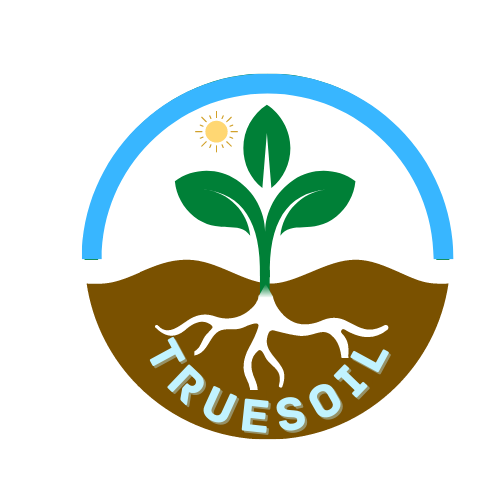
Agricultural soils are depleted of organic carbon (OC) and have the potential to sequester substantial amounts of C, contributing to climate change mitigation. An increase in soil organic carbon (SOC) has additional benefits, including improvements in soil fertility, water retention and texture, which supports crop productivity and biodiversity. Restoring and maintaining SOC can be achieved by adopting management practices which increase C sequestration and stabilize C in the soil matrix. Common management practices for increasing SOC include the use of external or internally recycled OC inputs (e.g., organic amendments/fertilizers, biochar, plant litter, residues), alternative cropping options (e.g., continuous green cover, cover crops) or measures that reduce OC losses (e.g., reduced tillage, adapted grazing). Conversely, these management practices have the potential to increase greenhouse gas (GHG) emissions by stimulating decomposition of previously sequestered C and N increasing CO2 and N2O emissions. Mechanisms and drivers behind increased GHG emissions and their interactions with OC sequestration under different soil and climatic conditions are not well constrained, partly because little is known about how abiotic and biotic factors control the extent to which soils can store OC. Quantifying negative side-effects of increased soil C sequestration on GHG emissions is necessary to develop appropriate management options that reduce GHGs while increasing soil C stocks.
We will elucidate the roles of different abiotic and biotic factors in OC storage and the extent to which these factors impact on GHG emissions, in particular N2O, given its high warming potential and large uncertainty in flux estimates. Many C-augmenting management interventions are known, or have the potential, to modify soil N cycling leading to enhanced N2Oemissions. To understand potential trade-offs between OC storage and GHG emissions, we combine intensive measurements of GHG fluxes with carbon-nitrogen cycling studies and microbiological analyses. Comparison of soils that are SOC saturated with those that continue to accumulate SOC will aid in the identification of the major drivers. Using rainfall exclusion experiments, we will also examine the future impact of reductions in precipitation on interactions between SOC accumulation and GHG emissions.
This project will lead to an increased understanding of how environmental factors and management control OC sequestration, SOC persistence and stabilization and how this is linked to GHG emissions, opening up new possibilities for soil-specific and climate mitigation strategies.